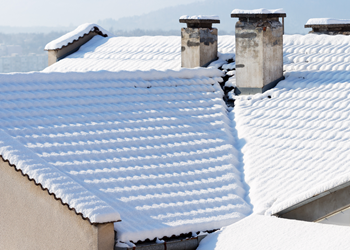Winterize Your Texas High-Rise: 8 Done-For-Your Steps
How does my management company prepare my high-rise for winter in Texas?
Now that Texas temperatures are finally dropping, you may be wondering about the upcoming winter season and the measures your condo owners association’s (COA) management partner will take to keep residents warm and safe. We want to assure you that partnering with areliable property management company means you don’t need to worry. Leave the cold weather prep to your management partner to ensure you and your building are prepared for the season ahead.
No one should be caught off-guard by unexpected weather-related challenges, so residents should always be informed about the actions taken by their management partner to winterize their high-rise. See below our comprehensive list of done-for-you winter prep steps your COA management partner takes to ensure your comfort and joy all season long.
Although you don’t have to worry about checking off these to-do items yourself, seeing all these proactive measures will give you peace of mind knowing you’re in great hands each winter in Texas.

Heating system maintenance year-round.
Your COA management partner hires trusted professionals to test your heating system routinely, long before the cold weather arrives. By doing this, they can catch any potential issues early on and avoid any major problems later. They can schedule the necessary repairs, as well as extend the overall life of the building’s heating system. This guarantees a warm and comfortable environment for all residents each winter.

Windows and doors: sealing any gaps.
A good COA management partner will ensure all cracks or gaps around windows or doors are tightly sealed. They may add a type of sealant to cover any openings to prevent cold air from seeping in, or replace them altogether with more energy-efficient options.
Is it better for my COA management partner to replace our high-rise windows in the winter or summer?
Winter is a better time to replace your building’s windows. The choice of sealant materials used during winter installations is often more durable and weather resistant compared to summer.

Gutters and downspouts: clearing all debris.
Over time, these important components of your building's drainage system can become clogged with debris, including things like leaves and twigs. Such clogs can cause major problems by preventing rainwater from effectively draining off your building's roof and away from its foundation.
Count on your COA management partner to clear our gutters and downspouts as an easy way to avoid clogging issues. This prevents water damage to your building's foundation, protects against potential mold growth, and helps avoid other serious structural issues.
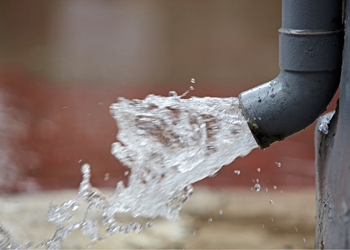
Roof inspection.
This is a crucial step for COA partners when winterizing your high-rise: ensuring your building's roof is undamaged and leak-proof. This prevents water from heavy rainfalls and snowstorms from entering your building, helping residents stay dry and warm.
Any cracks, holes, deterioration in the roofing material, as well as any signs of leaks such as water stains or mold will be repaired immediately. Any accumulation of snow will be cleared from your roof regularly throughout the season to prevent any caving or damage.
Plumbing pipe insulation.
One major concern during this time is the risk of pipes freezing, which can cause serious damage and headaches for everyone involved.
How does my COA management partner protect my pipes during winter in Texas?
To prevent pipes from freezing, you can count on your COA management partner to ensure your building’s plumbing is up to date and properly insulated. All exposed pipes in exterior areas will be insulated as well, as these are particularly vulnerable to freezing temperatures.
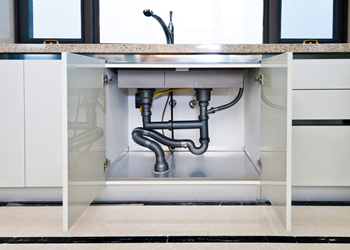
Your COA’s emergency plan.
All residents should be aware of their high-rise building’s emergency plan for winter in Texas. This plan should include an updated list of emergency contacts in case of plumbing or heating problems, gas leaks, or even roof issues.
For an emergency plan to work, everyone has to be on board. This means you can look to your COA management partner to help make sure your residents have the right information and know what to do with it. This requires mass communication of your winter emergency plan to residents in multiple ways (newsletters, emails, meeting announcements, etc.).
What should be included in my condo association’s emergency plan?
Be prepared for power outages.
Should unexpected weather challenges occur, your COA management partner’s vast resources can help secure critical equipment like additional back-up generators from certified, quality vendors. This can be invaluable when local resources for these items are tapped out due to heavy demands in emergency situations.
Keep walkways and driving paths clear of ice and snow.
Slippery surfaces pose a risk to residents, visitors, and emergency responders. Your management partner helps clear sidewalks, parking lots, and building entrances promptly after snow and ice storms.
Have an alternative communication system in place.
During power outages or other emergencies, phones, and internet connections may not be available. Lean on your management partner to set up a radio system or have a designated communications flow in place to stay in touch with residents and emergency services.
Review your insurance policy.
Winter weather may cause damage to your building that isn't covered under your existing insurance policy. Your COA management team’s insurance partners can review your policy and ensure that you have adequate coverage for all potential scenarios.
Keep emergency supplies on hand.
Your COA’s emergency plan should indicate where emergency supplies are located in your building, as well as remind residents of their own supplies to keep on hand. For a printable list of emergency kit essentials, click here.
By having a solid emergency plan in place, you can ensure that your high-rise community is prepared for any unexpected challenges that often come with winters in Texas.
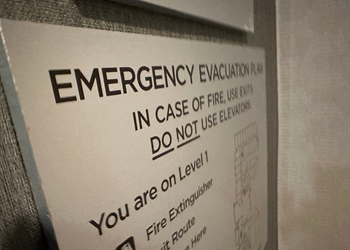
Building smoke detectors check-up.
One of the most important steps in winterizing a high-rise is ensuring that the building's smoke detectors are fully functional and replaced as needed due to their limited lifespan. As we know, smoke detectors play an essential role in detecting early signs of fire, and they can make all the difference in saving lives.
Where should smoke detectors be placed in my building?
Having a smoke detector installed in each unit and all common areas is crucial. The placement of smoke detectors is just as important as having them in the first place. Smoke detectors should be placed in areas where smoke is most likely to accumulate, such as the kitchen, living room, and bedrooms.
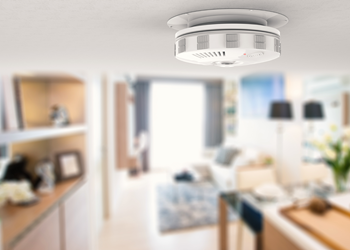
Adding insulation, reducing energy costs.
Your COA management partner can help keep residents warm and reduce energy costs by adding insulation to your building's walls, attic, and crawl spaces. In fact, according to the Department of Energy, adding insulation to your building can save you up to 20% on heating and cooling costs.
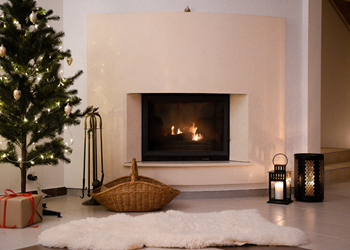
Download the “done-for-you” winter preparedness checklist.
For a printable list of steps you can count on your COA management partner to take to winterize your building, click here to download our winter preparedness checklist.
Questions? Contact us today, and we’ll be in touch soon. Stay warm and stay safe.
FirstService Residential is simplifying property management.
Our FirstService Residential Texas family enjoys peace of mind knowing they’re in good hands. They can count on our 24/7 customer service for tailored solutions that take the balancing act out of property management. And our service-first philosophy means we don’t stop until what’s complicated becomes uncomplicated. To make life, simplified.
If your association is not currently managed by FirstService Residential Texas, we would love to learn more about your community. Just click Contact Us below. We look forward to meeting you!
